In my Lizentiat on the American writer Howard Phillips Lovecraft (Streams and canals. The relation of body and text in H.P. Lovecraft´s writing, 1980) one of the major theoretical influences was Klaus Theweleit’s Deleuzian reading of male fascist body-flows in his Männerphantasien published in 1977-78 for the first time.
In Lovecraft’s (1890-1937) life and work, the relationship of body and text is conjugated in different ways. Lovecraft lived on practically nothing, economising on his daily food intake, mostly cookies, wafers, baked beans and canned spaghetti. He lived in isolation writing tens of thousands of letters and dozens of short stories in the course of his life. In this libidinal economy eating, defecating, and writing are caught up in a complex net of interdependence. Flows are constantly being transformed in other flows.
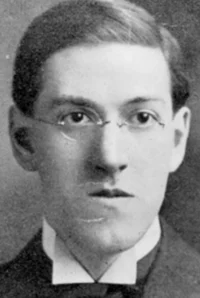
The monsters of his Cthulhu Mythos are hybrid viscous fluid beings whose bodies are clearly set off from the closed and constantly menaced body of the narrator who faints whenever he meets them face to face. Sewers, tunnels, and cellars signify threatening inner bodily spaces. The waterfront where the ocean continuously eats away at the land is an existential battlefield between solidity and liquidity.
In retrospect, the simple opposition between freely circulating liberating streams and restricting canals seems a bit too romanticizing. But then it was my first attempt at writing a book-length text.
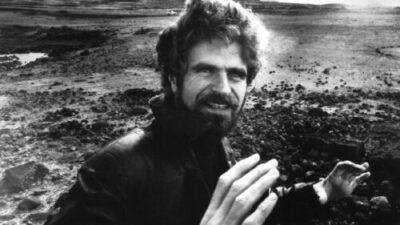
Lovecraft and Fichte construct completely different body-images. Lovecraft’s bodies are closed off from the world and threatened both from the inside and the outside. Fichte’s bodies, on the other hand, very much like Bakhtin’s grotesque body of carnival, are open to the world, they are hybrid and situated on the border of life and death and therefore constantly changing. In Fichte’s vision, the human body is, furthermore, caught up in rituals that have transhistorical and transcultural significance. This becomes visible in the bodies of people forced to live at the margins of society, but also in the aesthetics of the Baroque, Surrealism and Afro-American syncretism. Fichte developed an interpretative approach based on epistemological plurality, very much like Vilém Flusser and Michel Serres.
At he origin of my interest for Fichte’s work are the ethnographic writings of Michel Leiris. My first idea was to work on Fichte’s contribution to the development of a poetic ethnography. In the wake of my Ph.D. thesis, Riten der Randzonen. Hubert Fichtes Untersuchungen zur Tradition des Abartigen (1984), I published two essays: in “Riten am Rande. Zu Hubert Fichtes ‘Poetik menschlicher Verhaltensweise’ (in: Leben, um eine Form der Darstellung zu erreichen. Studien zum Werk Fichtes, ed. by H. Böhme and N. Tiling, Frankfurt am Main 1991, p. 107-126) I discuss Fichte’s attempt at an all-embracing cultural synthesis over different periods of times and different geographical spaces and in “Das Double der Schrift. Photographie und Schreibprozeß» (in: Medium und Maske. Die Literatur Hubert Fichtes zwischen den Kulturen, ed. by H. Böhme and N. Tiling, M&P, Stuttgart 1995, p. 87-103) I focus on the relationship of text and photography, a subject that is absolutely central to the work of Vilém Flusser.
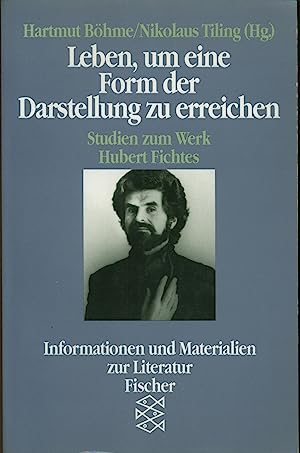
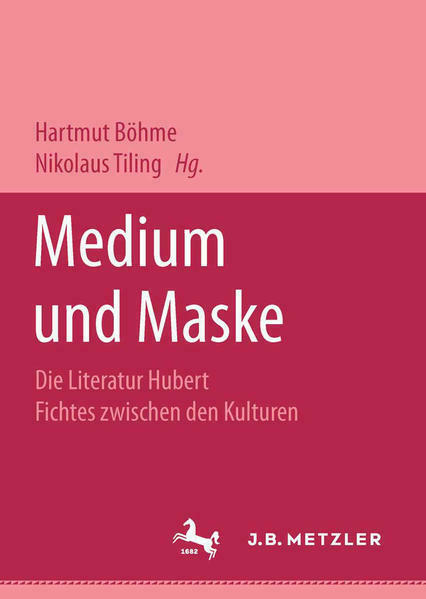
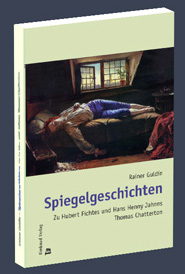
In Spiegelgeschichten. Zu Hubert Fichtes und Hans Henny Jahns Thomas Chatterton, I explore the intertextual net of Fichte’s, Jahnn’s and Penzoldt’s interconnected portraits of the forger-poet Thomas Chatterton (1752-1770). Chatterton whose life ended in an early suicide conceived, besides other fake medieval works, the romance of Thomas Rowley, an imaginary monk of the 15th century. This attempt can be compared to James Macpherson’s fake Gaelic epic on the subject of Fingal supposedly written by the poet Ossian, which was published in 1761. In his book on Chatterton, Peter Ackroyd wrote: He «believed that he could explain the entire material and spiritual world in terms of imitation and forgery.» This is perhaps the true topicality of his work in the present context based on fake news, deep fakes, and other imaginary worlds.
My book is based on the speech «Zur Chatterton-Diskussion bei Hans Henny Jahnn und Hubert Fichte» that I held in Hamburg in 1994 at the congress «Hans Henny Jahnn, Eine Veranstaltung zum 100. Geburtstag» (December 10) and that was published under a different title highlighting the constructedness of reality in general and art in particular: «Dichtung als Fälschung. Zur Chatterton-Diskussion bei Hans Henny Jahnn und Hubert Fichte» (in: Archaische Moderne. Der Dichter, Architekt und Orgelbauer Hans Henny Jahnn, ed. by H. Böhme and U. Schweikert, Stuttgart 1996, p. 144-164, 1996). At that time, I was very much into the work of Vladimir Nabokov who opposed to a simple sense of objective reality the complexities of deception, subterfuge, and bluffing. I have come back to this idea in Flusser Studies 36, which is dedicated to the relationship of science and fiction and Flusser’s notion of philosophical fable.
I have dedicated an essay to the similarities and differences in the work of Fichte and Flusser, for whom the mixed culture of Brazil played an essential role, in a speech held at the international conference BRASA IX in Tulane University (New Orleans), on March 28, 2008: “From Syncretism to Synthesis. Hubert Fichte’s and Vilém Flusser’s View of the Brazilian Cultural Endeavor”. As the title suggests, Fichte and Flusser developped a different notion of synthesis.
Fichte also plays an important role in my new book project Körperalphabet. Ein kleines Wörterbuch.